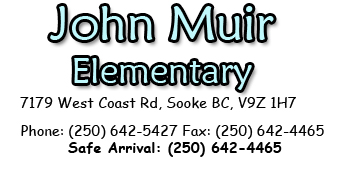Literacy Newsletter #6
April 15, 2025
“Non-fiction texts are powerhouses of information and wonder” – Sharon Callen
Reading Non-Fiction
Many kids love to read about science and nature as well as real people, places, and events. Nonfiction books present information in engaging and interesting ways. Find out how you can help your child learn to navigate all the parts of a nonfiction book — from the table of contents to the diagrams, captions, glossary, and index.
- Talk about nonfiction
Non-fiction books are books that provide information that is true. Non-fiction books focus on a specific topic or idea. Before you begin reading a non-fiction book, explain to your child that the book is non-fiction and how it differs from fiction books. The great thing about non-fiction books is that they don’t need to be read from cover to cover. Your child can start at any point in the book. Check out the information below from Reading Rockets on the different text features in non-fiction books:
- Look at the parts
Most good non-fiction books will have helpful features that are not a part of most fiction books. These parts include a table of contents, an index, a glossary, photographs and charts with captions, and a list of sources. Share the purpose of the features with your reader.
- Table of contents
Located at the front of a book, the table of contents displays a list of the big ideas within the book and where to find them.
- Index
An index is an alphabetical list of almost everything covered within the book, with page numbers. Readers can use the index to look up specific terms or concepts and go right to the specific information they’re looking for.
- Glossary
Located at the back of the book, a glossary contains key words that are related to the topic and their definitions. These definitions provide more information about new vocabulary words.
- Captions
Captions are usually right under photographs, figures, maps, and charts. Captions give a quick summary of what information is presented in the graphic.
- Photos and charts
A lot of information can be found by “reading” the charts and photos found within nonfiction text. Readers will first need to figure out what information is presented. Then they’ll need to discover how to navigate the information. Some charts use clear labels, others require more careful examination. Help your reader learn more about the different ways information can be displayed.
